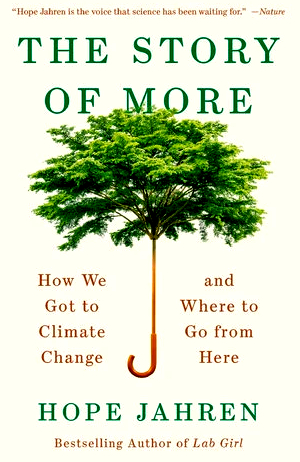However, global warming and climate change are phrases that are often confused, misunderstood or even used interchangeably.
A simple Google search returns over one billion combined results, proving that phrases that, 30 years ago, were virtually unknown have now become ingrained into the English language.In summary, global warming describes the increase in the surface temperature across the planet, predominantly the result of high levels of greenhouse gases in the atmosphere. This is only one aspect of climate change, which is the long-term changes in regional or global climate, especially rainfall, wind and temperature.
Since the two processes are linked, and one is even the result of the other, it’s unsurprising that people often fail to understand the difference between climate change and global warming.
Global warming
The term global warming first became prominent in the media in the 1980s, although it was coined a decade or more earlier, mainly in response to growing scientific awareness of the damage pollutants — particularly chlorofluorocarbons (CFCs), commonly used in aerosols and refrigerants — were having on the Earth’s ozone layer.
The Earth’s surface heats during the daytime as it is struck by rays from the sun. At night, the energy from the sun is radiated back into space, theoretically allowing the surface of the planet to cool and the temperature to be maintained at an optimum level.
However, the presence of greenhouses gases in the atmosphere, including carbon dioxide, methane and chlorofluorocarbons, causes the heat radiated from the surface of the Earth to be radiated back, in effect creating a gaseous shield around the Earth that prevents the sun’s heat from being able to escape.
The term global warming first became prominent in the media in the 1980s, although it was coined a decade or more earlier.According to the National Oceanic and Atmospheric Association, since 1880 the average surface temperature of the Earth has increased by approximately 0.95 degrees Celsius (1.71 degrees Fahrenheit). While such a small rise in the temperature may seem inconsequential, the effects of such a tiny shift can be dramatic, particularly on the planet’s climate.
Climate change
The differences between climate change and global warming are, in part, commonly misunderstood because the increased temperature leads directly to a changing climate (often seen in extremes of weather). Whereas the weather is the particular conditions in the atmosphere at a specific point of time (for example, to describe a Monday morning as ‘cloudy with a little light rain’), the climate describes the conditions in the atmosphere for an extended period of time, such as over 30 years.
Weather changes very quickly, sometimes within hours, whereas climate patterns tend to last for decades. Consequently, the climate changes more slowly and long-term trends must be considered to produce an accurate understanding of them.
Climates can also be regional or global. For climate change to be established, at least one of the climatic variables — rainfall, wind or temperature — would need to fluctuate over an extended period in the same place, whether this is in a region of the Earth or across the planet as a whole.
For example, a sustained increase in rainfall in a previously arid region of Australasia for several decades would be classified as climate change, even if the climate in other parts of the world remained stable.
Global warming causes many side effects in terms of our fluctuating climate. Melting glaciers at the poles, more frequent and violent tropical storms, above average temperatures during summer days in Europe and extended periods of drought in developing countries can all be attributed to the increase in the Earth’s surface temperature.
The differences between climate change and global warming are, in part, commonly misunderstood because the increased temperature leads directly to a changing climate.While natural causes can sometimes be blamed for climate change, scientists have recently concluded that human activity is almost entirely responsible for global warming during the last 170 years.
To summarise the difference between climate change and global warming, global warming (the increase in the average temperature of the Earth’s surface due to the presence of gases in the atmosphere) is a significant cause of climate change. And if global warming is the cause, climate change is the effect, the long-term fluctuation in weather patterns over decades, on a regional or a global scale.
The problem of global warming should not be underestimated as it is driving a potentially catastrophic change in the world’s climates, putting the livelihoods and long-term existence of communities throughout across the planet in jeopardy.
Links








